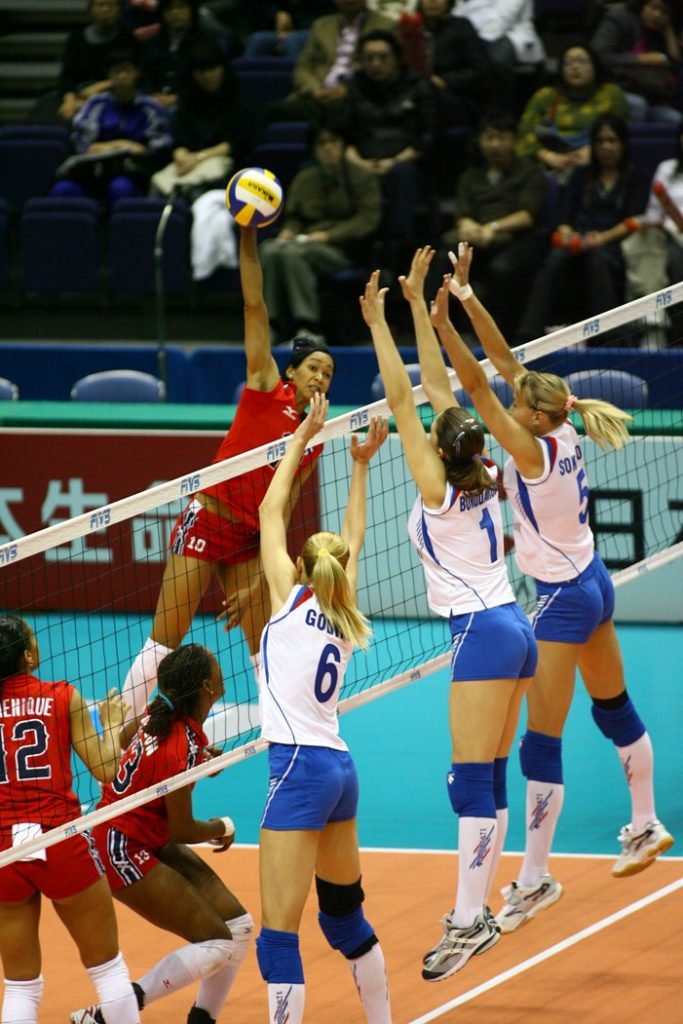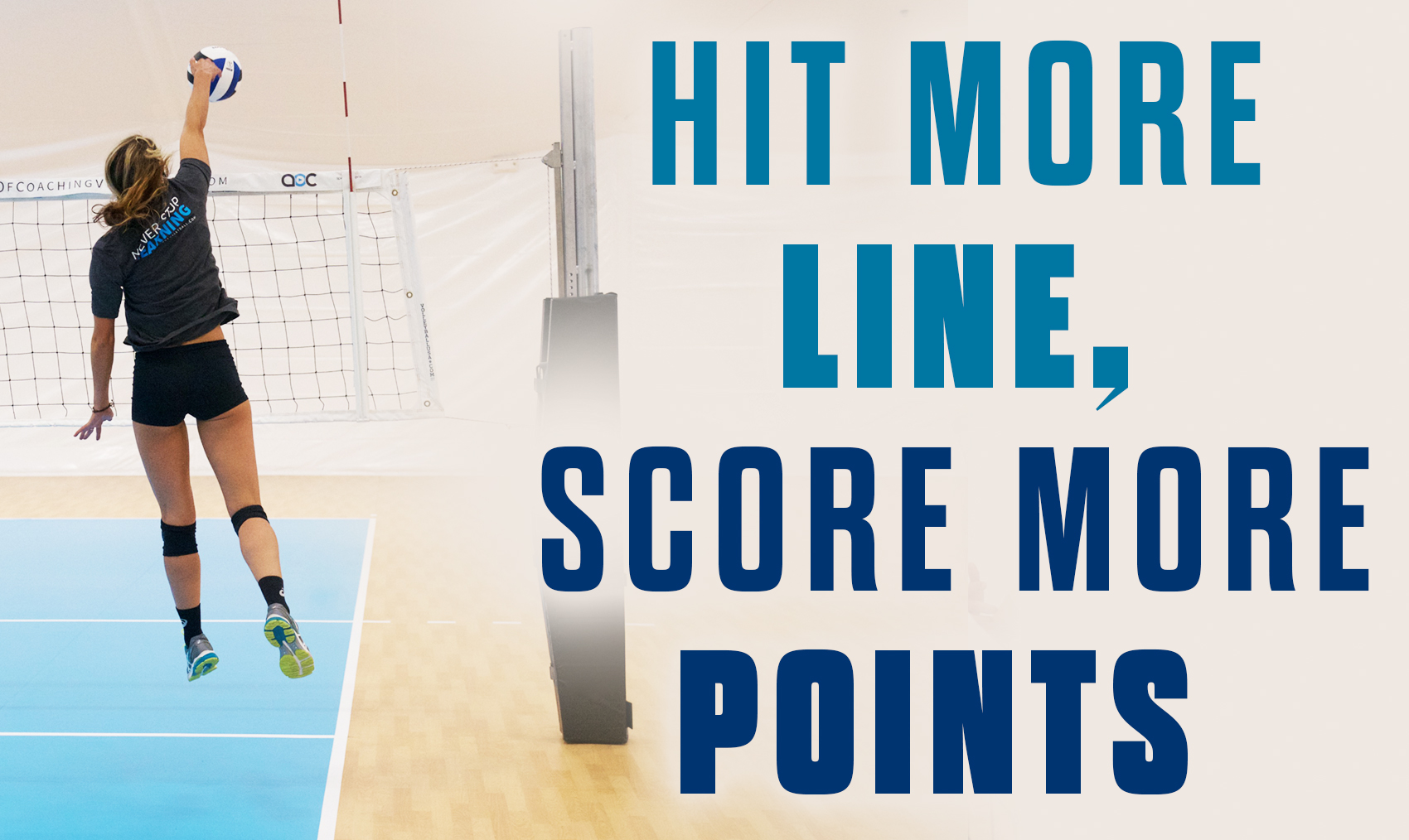Jim Stone – Head Coach at Ohio State University for 27 years / Head Coach USA Girls Youth National Team
I don’t believe any coach intentionally coaches with full knowledge that their methods might be inefficient or may not lead to quality learning and consistent improvement on the part of the athletes. Although their heart may be in the right place, it is not unusual for coaches to operate under false assumptions that will negatively impact their ability to be effective teachers. Below are a few common assumptions by coaches that might need to be scrutinized.
Assumption #1-The ability to think during matches is essential for players to deal with various situations successfully and facilitate quality play.
Match play is the time for players to relax, be competitive, and pursue winning! But having players focus on thinking and analyzing every situation during a match? You probably don’t want that! How often do coaches passionately roar in matches that “you need to think out there!” Practice is the time for learning, thinking, and analysis, not during a competitive match! The process of thinking and processing new information slows down the performance of skills. The pictures below, courtesy of The Power of Habit, are indicative of the brain activity when first learning a task vs. after repeated attempts. The less brain activity, the faster the task can be accomplished.

Practice allows time to work through the learning process and develop positive habits that do not require thought. The more scenarios presented in practice for the player to learn from, the better equipped the players are to handle similar situations occurring in competition. Players will exhibit the habits that have been developed in practice. The needed thought process will unfold automatically. You don’t want your players to think in competition. It will just slow them down. If players are not dealing with a situation the way the coach desires, the coach needs to “rep it out” in the next training session and form a good habit capable of reacting without conscious thought.
Assumption #2 – Practice makes perfect.

Actually, practice makes permanent. The purpose of practice is to build good habits. Merely attending practice and doing mindless repetitions will not ensure skill development and could be detrimental to developing positive habits. Coaches should establish a practice atmosphere where the athlete focuses on the clear-cut aspects of a particular skill or team play. Monitor the progress of skill or team play via statistics or video. Feedback should be specific and immediate. Productive training sessions are not necessarily going to be fun. Developing the skills necessary to be a good player or team is hard work and should be reflected in the practice format.
Assumption #3 – Devoting considerable time to scrimmage activities are the best way to learn skills.
Undoubtedly, scrimmaging or game-like activities are essential to implementing the learned skills into a “live” situation. However, there is a specific order to the learning process. The athlete must have cognitive knowledge of what they are attempting and be provided with the opportunities to repeat the skill. It is not unusual for athletes to not receive a sufficient number of repetitions in a random scrimmage environment to facilitate skill development in a specific area of their game. The coach should modify scrimmage or drill activities to focus on a specific skill or aspect of team play that is a priority for that training session. By constructing the practice activities in this manner, the athlete will receive sufficient repetitions to foster improvement inside a “live” environment.

Assumption #4 – Getting better at the weaker aspects of a team’s skillset should be a priority in training sessions.
Most teams win because of their strengths, not because they don’t have an area of weakness. Time is better spent in practice maintaining or improving an area of strength. Coaches should focus on a point-scoring strength (attack, block, serve). The weaker areas of a team or player skills are not ignored; however, the focus should be on developing a point-scoring strength.
Assumption #5 – Focused repetition of skills inhibits the creativity of a player
What might be a definition of a creative player? I don’t have a specific definition, but a creative player can successfully deal with challenging circumstances that take place in the course of a play. The challenging play might be a tight set that the attacker needs to deal with, the ball passed low to a setter who must create offense, or the attack that goes off the block at a weird angle that needs to be defended. Creative players are well-skilled in the fundamentals of the game. Because of this skill understanding, they have the foundation to be creative with positive results. They have achieved this foundational skill through repetition. Often, this repetition is rote repetition. Because there is a foundation of skill, the player can free up the mental energy (see pictures above) and the physical abilities to do creative things on the court. The poorly skilled player does not possess the foundational skills to be creative. Usually, when a poorly skilled player gets creative, the result will not be positive.
I could go on with other common assumptions for coaches of all levels. My takeaway is for coaches to run a successful training session takes a lot of planning, research, and the motivation to provide the athletes with the best learning environment possible.
I would encourage coaches to have practice objectives, not practice goals. Objectives are measurable and specific, whereas goals are more long-term. The evaluation of these objectives should take place immediately post-practice. Note that I indicated “most” practice activities. When first teaching a skill, you don’t want players having a fear of making a mistake. I will institute skill objectives and performance evaluation once a player is comfortable with the skill execution and is working on refinement.



